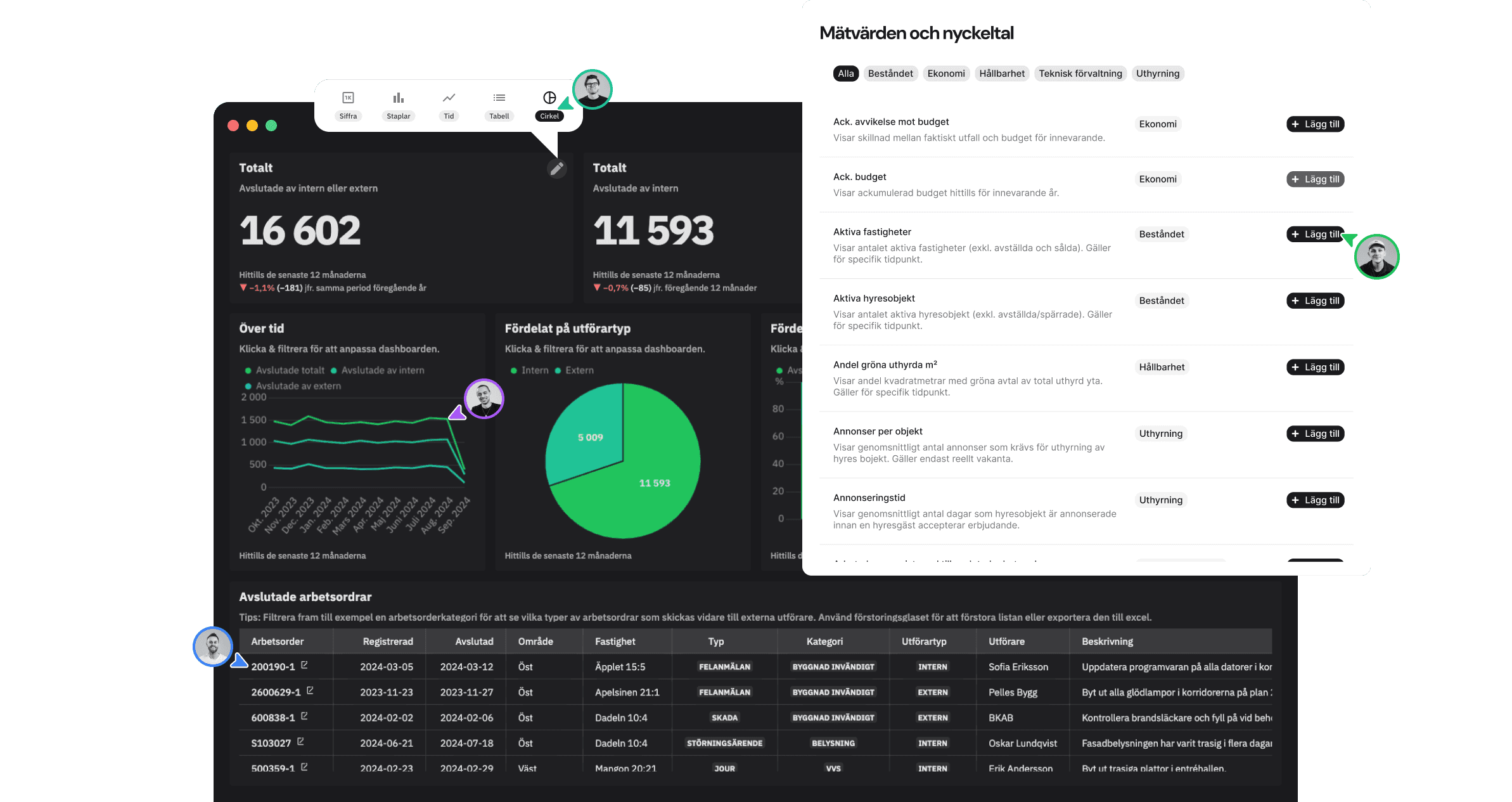What is a rental process – and why is it so hard to measure?
Bring structure to your rental flow – see how Homepal defines, tracks, and measures every step in the rental process.
Background
When we launched our rental comparison metrics – showing how long it takes from a lease termination to a new signed agreement – it sparked a lot of interest. Customers quickly began asking deeper questions:
👉 “Can we measure how long each step of the rental process takes?”
👉 “How do we handle inspections that are registered before a lease is terminated?”
👉 “How can we ensure the data is actually connected?”
It might sound simple. But in practice, measuring the steps of a rental process is complex – not because real estate is unusual, but because the data is scattered across different systems that don't speak the same language.
We needed a common structure – so we built one
To meet our customers’ needs, we had to go back to basics. We asked the key question:
💡 What exactly is a rental process?
In Homepal, we’ve now introduced a new virtual entity – something that doesn’t exist in source systems, but that we automatically create based on a set of rules. This entity links all relevant data points together so you can track each rental flow – from start to finish.
🔁 A rental process in Homepal:
Start: Contract termination
Sub-process: Move-out inspection registered
Sub-process: Inspection scheduled
Sub-process: Inspection completed
Sub-process: First listing published
End: New agreement signed
Each rental process is assigned a unique ID based on the unit and termination date, like: ABC123-2023-03-14.
This enables you to:
Identify open processes with no closure
Measure lead times at every step – consistently
Compare teams, locations, and unit types
Pinpoint bottlenecks in real time
Track improvements over time
We solve what you shouldn’t have to think about
This is a great example of why Homepal is different from generic BI tools. We don’t just build dashboards – we build industry logic.
Our users never have to think about data modeling, joining tables, or missing keys. We handle that, so you can focus on what matters: improving performance.
By understanding the full rental process this way, you unlock:
Better predictability
Reduced vacancy
Closer alignment between property management and leasing
What’s next?
With our new rental process logic, we’re introducing a series of new KPIs, such as:
Days from termination to inspection registration
Days from completed inspection to first listing
Days from listing to signing
Share of open processes still incomplete
…and many more.
This is just the beginning – and the best part is, you don’t have to do a thing. Homepal handles the structure. You get the insight.




